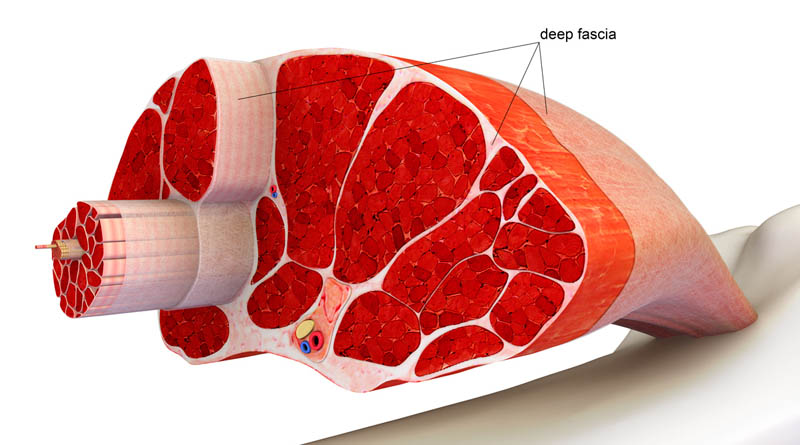
The F word everyone’s talking about! FASCIA
April 29, 2015
To gluten free or not to gluten free? That is the question!
May 11, 2015Dry needling is a modern therapeutic approach used to treat myofascial pain syndromes, trigger points, tendinopathies as well as many other conditions. It is usually performed in conjunction with other manual therapy techniques aimed at reducing muscle spasms and pain, deactivating trigger points, restoring muscle length and improving mobility. Many people wonder what is the difference between dry needling and acupuncture. Dry needling focuses locally on trigger points and muscle adhesions versus acupuncture which works on meridian lines and nerve endings to stimulate a visceral response within the body such as stimulating an organ or gland. Both work successfully for different purposes, but our therapists focus more on muscle tension release with dry needling!
Myofascial trigger points are tender palpable knots that develop deep within the muscle fibers. They are a major source of acute and chronic pain in the majority of patients. Development of myofascial trigger points, as proposed by Dr. Chan Gunn, tend to occur when a muscle is overstretched, overshortened or overloaded causing “disordered function in the peripheral nerve” subsequently restricting flow of nerve impulses. When neural flow to the muscles is disrupted, they become hypersensitive; manifesting as muscle pain and myofascial trigger points. Myofascial trigger points can be classified as active or latent trigger points. Active trigger points cause spontaneous local and referred pain without applying pressure on the muscle. Latent trigger points do not cause spontaneous pain but is usually tender when applying pressure on it. Both can cause muscle weakness, restricted mobility and stiffness.
Dry Needling involves inserting a needle into the myofascial trigger point. When a trigger point is stimulated, a local twitch response is elicited and referred pain may occur.
There are several hypotheses regarding the exact mechanism of pain relief:
– The needle itself causes mechanical disruption of taut muscles fibers
– Eliciting a local twitch response can suppress or interrupt spontaneous electrical activity within a trigger point
– Eliciting a local twitch response can alter length and tension in muscle fiber
– Eliciting local twitch response can stimulate A-delta and C nerve fibers, which cause the release of vasoactive substances leading to vasodilation, increasing blood flow to muscles
– Dry Needling results in release of endogenous opioids (the body’s natural pain killers; most important: B-endorphins), which inhibit pain transmission
– Dry Needling stimulates A-delta and A-beta fibers, which block pain perception at the spinal cord level
Dry needling can be also used to treat other conditions such tendinopathies. Studies have shown that dry needling can promote tendon healing by increasing blood circulation (via vasodilation) and collagen proliferation in the targeted area through release of chemical mediators.
Using the dry needling approach, our therapists Paul, Nermine, Dr James and Dr Pierric, have seen a remarkable decrease in myofascial pain syndromes among my patients and significant improvements in their mobility and flexibility. However it is important to note that dry needling is not the sole treatment approach but rather an adjunct remedy to other manual therapy techniques (manipulation, stretching, exercises, soft tissue massage) to achieve complete recovery.







1 Comment
33 yr old male
I recently had dry needling performed on my traps, lats, deltoids and back of my neck and let me share that is was the strangest feeling out there especially when the therapist Fishes for the trigger point, but in saying that, it was instant relief from the severe spasms I’ve had for years in those areas, I felt so relaxed and could have nodded off on the consulting room. I felt a bit stiff and tender for 2 days after but am satisfied with the results. Would do it again in a heart beat